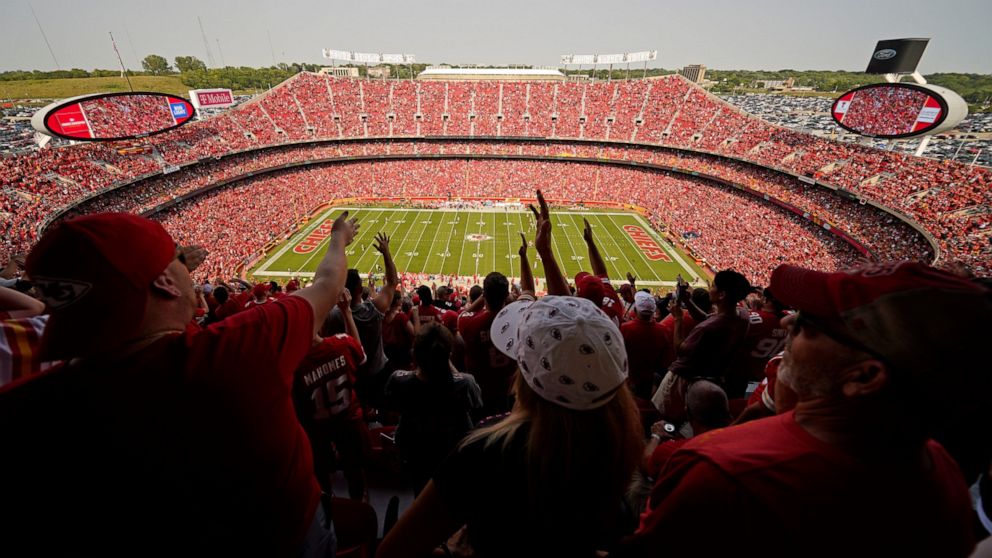As with most everything in the world, football looked very different in 2020. As the COVID-19 pandemic unfolded, many National Football League (NFL) games were played in empty stadiums, while other stadiums opened to fans at significantly reduced capacity, with strict safety protocols in place.
At the time it was unclear what impact such large sporting events would have on COVID-19 case counts, particularly at a time when vaccination against the virus was not widely available.
Now, Massachusetts Institute of Technology (MIT) engineers have taken a look back at the NFL’s 2020 regular season and found that for this specific period during the pandemic, opening stadiums to fans while requiring face coverings, social distancing, and other measures had no impact on the number of COVID-19 infections in those stadiums’ local counties, writes Jennifer Chu of MIT.
As the MIT team writes in a new paper appearing this week in the Proceedings of the National Academy of Sciences, “the benefits of providing a tightly controlled outdoor spectating environment – including masking and distancing requirements – counterbalanced the risks associated with opening.”
The study concentrates on the NFL’s 2020 regular season (September 2020 to early January 2021), at a time when earlier strains of the virus dominated, before the rise of more transmissible Delta and Omicron variants. Nevertheless, the results may inform decisions on whether and how to hold large outdoor gatherings in the face of future public health crises.
“These results show that the measures adopted by the NFL were effective in safely opening stadiums,” says study author Anette “Peko” Hosoi, the Neil and Jane Pappalardo Professor of Mechanical Engineering at MIT.
https://medicalxpress.com/news/2022-03-masking-distancing-nfl-stadium-impact.html


